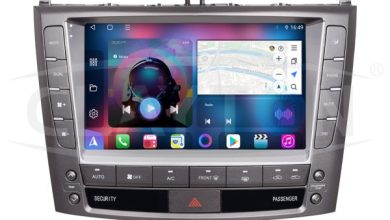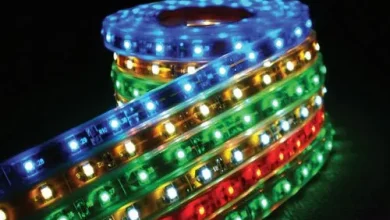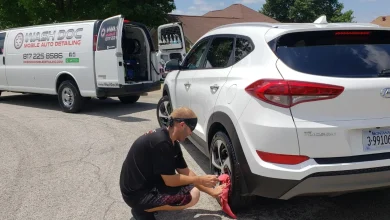The Best Car Maintenance Tips for New Drivers

Getting your first car is an exciting milestone, but it also comes with new responsibilities as the owner. Proper maintenance is crucial for keeping your vehicle running safely, efficiently, and reliably for many years to come.
Fluids and Filter Changes
Routinely changing certain automotive fluids and filters according to the recommended intervals is one of the most important preventative maintenance tasks:
- Engine oil and filter – Changing these regularly (typically every 3,000-5,000 miles or per your owner’s manual schedule) prevents premature engine wear, sludge buildup, and other problems.
- Other vital fluids – Don’t overlook changing and topping off the coolant, brake fluid, transmission fluid, power steering fluid and windshield wiper fluid when specified.
- Air filters – Replace the engine air filter annually at a minimum or whenever it appears visibly dirty or clogged.
Keeping all your vehicle’s vital fluids clean and changed on schedule and filters fresh will maximize performance, fuel economy, emissions, and overall engine life.
Tire Care
Your tires are the only parts of the car actually touching the road surface, so they’re essential for safe driving and handling:
- Check air pressure monthly and keep inflated to the recommended PSI levels for your vehicle (often between 30-35 PSI).
- Rotate tires every 6 months or 6,000 miles to promote even wear across all four tires.
- Visually inspect tires during every oil change for abnormal wear patterns, cracks, bulges, excessive sidewall damage or other issues.
- Know the minimum legal tread depth for your area (often 2/32″) and replace very worn tires promptly before they become unsafe.
Properly maintained tires with good tread and correct inflation last much longer, improve traction and handling, save fuel, and prevent costly blowouts.
Battery and Lights
A dead battery will strand you, so it is a good idea to stay ahead of any battery issues:
- The experts at Clore Automotive recommend investing in a compact battery booster jump starter pack to keep in your vehicle in case you need a jump.
- Check the battery terminals and cable connections are tight, secure, and free of corrosion periodically.
- If your battery is more than 3-4 years old, have it tested and replaced if it’s failing to hold a full charge.
Cleaning and Inspections
Regularly washing the exterior and detailing the interior are not just for appearance; they are also critical for spotting potential maintenance issues:
- Wash your car monthly using a proper car wash solution or have it done professionally to prevent built-up grime, road salt, sap, etc. from damaging the paint, trim, undercarriage, and chassis components.
- Clean out the inside cabin regularly, including checking for any spills, loose items or other potential hazards that could roll under pedals or distract you from driving.
- Do thorough walkaround visual safety inspections, carefully look over all tires, the windshield, wiper blades, hoses, belts and under the hood for any obvious problems.
Regular careful cleaning and inspections allow you to catch small maintenance issues before they turn into bigger, more expensive repairs down the road.
Listen and Feel
As a new driver, get familiar with how your vehicle normally sounds and feels when operating properly:
- Note any new strange noises that could indicate issues with the steering, suspension, brakes, exhaust or components under the hood.
- Pay close attention to any changes in the way the car rides, handles, accelerates, brakes or just overall drivability.
- Never ignore warning lights or if controls start to feel “off” or loose – have the problem diagnosed promptly by a mechanic.
Conclusion
Focusing on the basic maintenance fundamentals means you will avoid many costly repairs and unwanted breakdowns. A little preventative maintenance goes a very long way.








